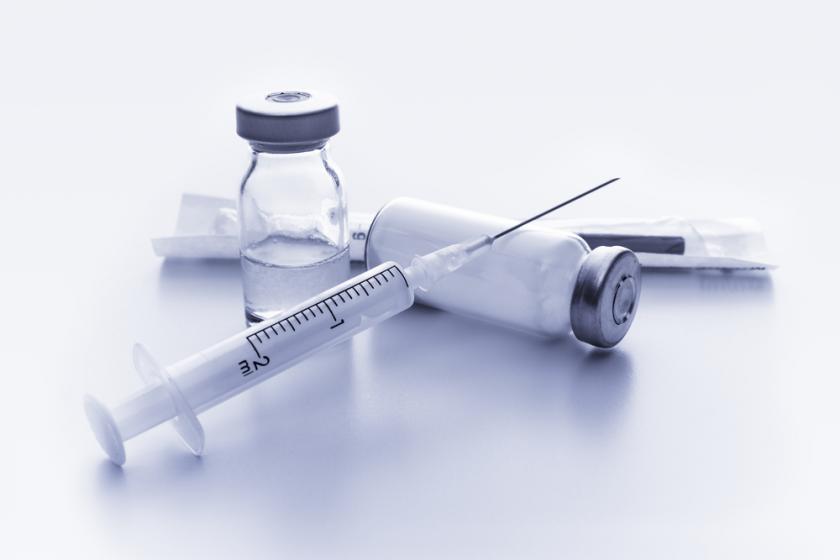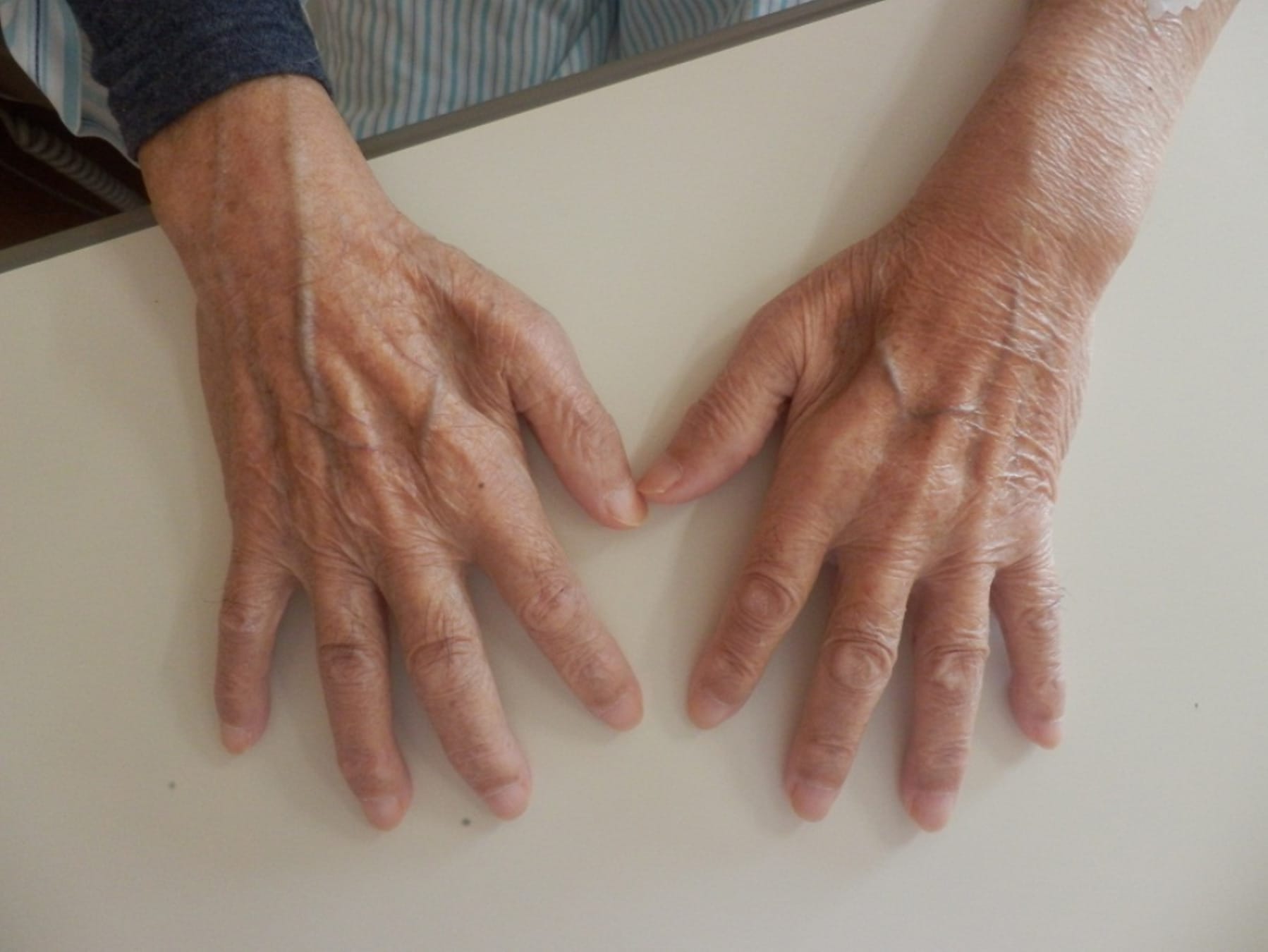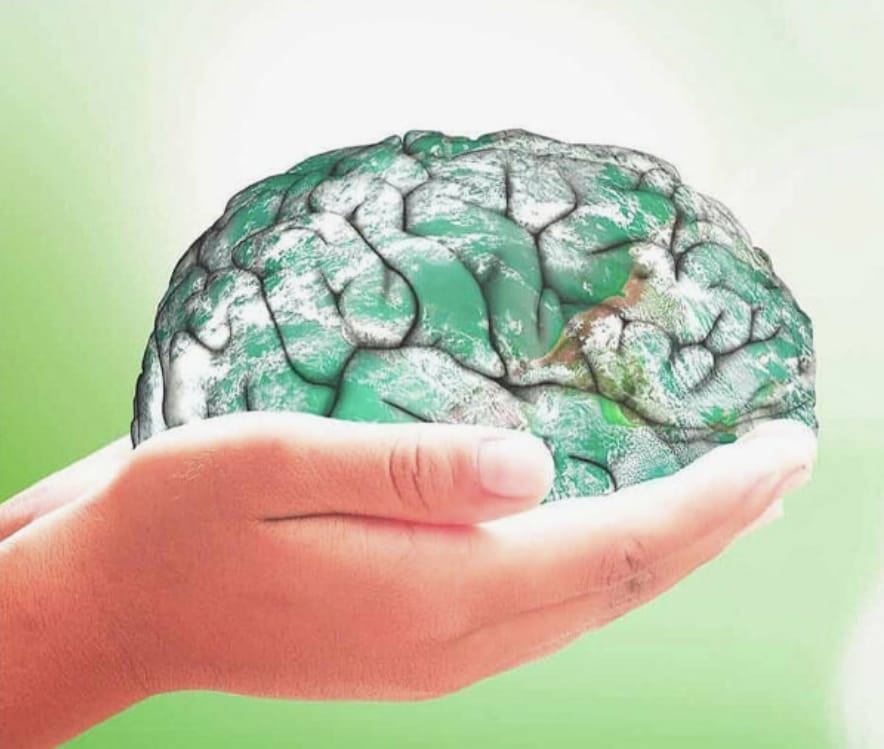Spinal Cord Injuries
- admin
- Medical services
Treatment Approaches for Individuals with Spinal Cord Injury

A spinal cord injury refers to any damage that results in temporary or permanent disturbances in spinal cord function. These injuries can cause disabilities such as loss of movement, decreased or absent sensation, and disruption of vital functions like bladder and bowel control. The severity and location of the injury have a direct impact on the type and extent of neurological complications.
The spinal cord acts as the main communication pathway between the brain and the body’s limbs, transmitting nerve signals that regulate sensory and motor functions. Damage to this crucial pathway can cause serious complications, including paralysis, numbness, and loss of bodily control. In milder cases, symptoms such as muscle weakness or localized numbness may appear, while in more severe cases, individuals may completely lose their ability to move and require intensive care.
—
Promising and Modern Treatments
Traditional rehabilitation treatments often offer limited results in improving the condition of patients with spinal cord injuries. However, new research has brought fresh hope for these individuals. Innovative treatment methods based on restorative medications are being developed with the goal of repairing damaged nerve pathways and restoring motor function.
These treatments are the result of a unique collaboration between the Institute of Regenerative Medicine at the Norwegian Brain and Nerve Hospital, Offenbach Medical Center in Germany, and the Japanese company Cyberdyne (with research centers in Bochum, Stuttgart, and Hanover).
Dr. Beeta Shomili, with over 1,000 successful cases in spinal cord injury treatment, reported that the outcomes greatly depend on the type, severity, and age of the patient, and that recovery expectations cannot be generalized for all. However, most patients have experienced noticeable changes in their condition during the fourth and fifth months of restorative drug therapy.
—
Reported Progress During Treatment
Significant reduction in nerve and muscle pain
Increased mobility in affected limbs
Decrease in muscle spasticity and stiffness
Improvement in atrophied and weakened muscles
Regained control over movements of legs, arms, and particularly the knees
Gradual improvement in bladder control and reduction in urinary incontinence during early treatment stages
In patients capable of standing, noticeable progress often occurs within the first three months
At the end of the six-month course, the patient’s physical status is evaluated through MRI imaging and detailed clinical assessments to determine the effectiveness of the treatment.



